Learn Spanish on Your Own: Top Tips and Techniques

Written by
Ernest Bio Bogore

Reviewed by
Ibrahim Litinine
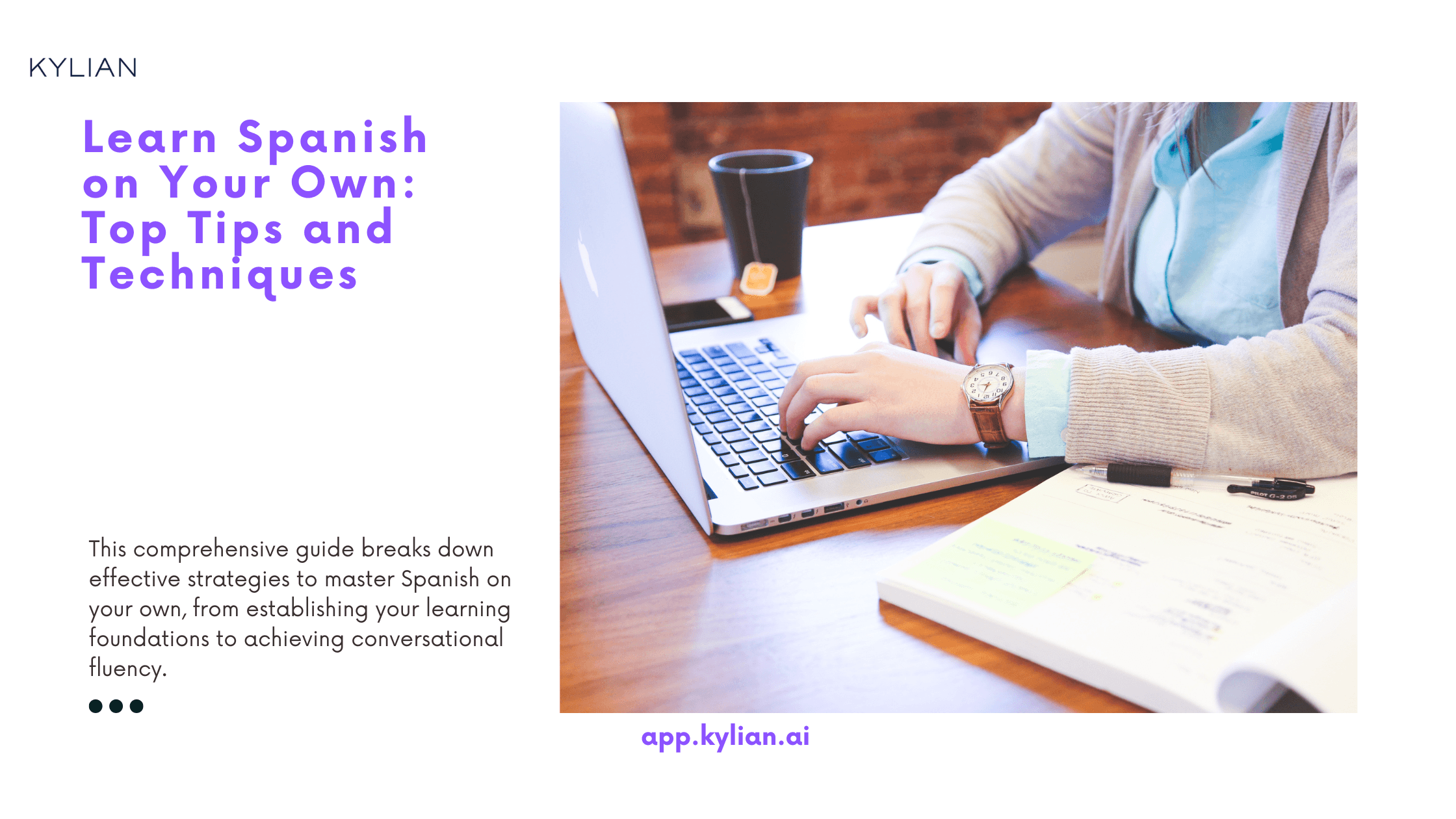
Learning Spanish independently has never been more accessible. With abundant resources at your fingertips and proven methodologies available, you can develop Spanish proficiency without formal classroom instruction. This comprehensive guide breaks down effective strategies to master Spanish on your own, from establishing your learning foundations to achieving conversational fluency.
Why Learn Spanish Independently?
Spanish ranks as the second most spoken native language globally, with over 460 million native speakers. Beyond its widespread use, learning Spanish independently offers unique advantages:
- Personalized pace: Progress according to your schedule and learning style
- Cost-effectiveness: Save significantly compared to traditional language courses
- Flexibility: Study whenever and wherever works for you
- Customized focus: Concentrate on aspects of the language most relevant to your goals
Now, let's dive into the most effective techniques for independent Spanish learning.
The 90-Day Framework for Rapid Progress
Achieving conversational Spanish proficiency is possible within just three months through a structured approach. This method, popularized by several polyglots, divides your learning journey into three critical phases:
Phase 1: Comprehensible Input (Days 1-30)
The initial month focuses on absorbing Spanish through materials slightly above your current level. This exposure familiarizes you with natural language patterns, essential vocabulary, and grammatical structures.
During this phase:
- Consume Spanish content for at least 30 minutes daily
- Focus on understanding rather than production
- Choose materials with context clues (videos with subtitles, illustrated books)
- Gradually increase difficulty as your comprehension improves
Phase 2: Active Output (Days 31-60)
The second month transitions from passive absorption to active language production. Even if you feel unprepared, start expressing yourself in Spanish.
Effective practices include:
- Recording yourself speaking on simple topics
- Writing daily journal entries in Spanish
- Participating in language exchanges online
- Practicing with language learning apps that assess pronunciation
- Describing everyday activities and objects in Spanish
Phase 3: Immersion (Days 61-90)
The final month intensifies your Spanish exposure by creating an immersive environment. While traveling to a Spanish-speaking country offers the most comprehensive immersion, numerous alternatives exist:
- Change device language settings to Spanish
- Join online Spanish-speaking communities
- Watch exclusively Spanish-language entertainment
- Label household items with Spanish vocabulary
- Think in Spanish whenever possible
This three-phase approach provides a structured roadmap to conversational fluency within 90 days of consistent effort.
Start Reading Spanish Early (Even as a Beginner)
Reading represents one of the most effective ways to build vocabulary and internalize Spanish grammar patterns. Contrary to common belief, you don't need to wait until you're advanced to start reading.
Effective Reading Strategies for Beginners
Begin with materials designed specifically for language learners:
- Graded readers: Books written with controlled vocabulary and grammar
- Dual-language texts: Stories with Spanish and English side-by-side
- Children's books: Simple language with contextual illustrations
- News websites for learners: Sites like "News in Slow Spanish" that simplify current events
Intermediate Reading Progression
As your skills develop, gradually transition to authentic materials:
- Spanish-language magazines on topics that interest you
- Blog posts about your hobbies or professional field
- Short stories by Spanish or Latin American authors
- Spanish editions of books you've already read in English
The key is selecting materials that align with your interests. When you care about the content, motivation remains high, and vocabulary retention improves dramatically.
Master Essential Grammar Foundations
While immersion alone can eventually lead to grammatical intuition, targeted grammar study significantly accelerates progress. Allocate approximately 30% of your initial learning time to understanding fundamental Spanish grammar concepts.
Prioritize These Grammatical Elements
1. Verb Conjugations Spanish verbs change forms to indicate who's performing the action and when. Start with:
- Present tense conjugations of common -ar, -er, and -ir verbs
- Irregular high-frequency verbs (ser, estar, ir, tener)
- Near future construction (ir + a + infinitive)
2. Gender and Number Agreement Unlike English, Spanish nouns have gender, and adjectives must agree accordingly:
- Memorize common noun gender patterns (-o ending typically masculine, -a ending typically feminine)
- Practice matching adjectives to nouns in both singular and plural forms
- Learn common exceptions to gender rules
3. Basic Sentence Structure Spanish typically follows subject-verb-object order, but with important differences from English:
- Object pronouns precede conjugated verbs (Me lo dio = He gave it to me)
- Questions don't require auxiliary verbs (¿Hablas español? = Do you speak Spanish?)
- Adjectives typically follow nouns (casa grande = big house)
4. Articles Master both definite (el, la, los, las) and indefinite (un, una, unos, unas) articles, which must match the gender and number of their nouns.
An effective approach combines deliberate grammar study with extensive reading. As you encounter grammatical structures in context, you'll naturally internalize the patterns through repeated exposure.
Develop Your Listening Skills Through Immersion
Listening comprehension forms the foundation of conversational ability. Exposure to native Spanish speakers helps train your ear to distinguish words in natural speech and acclimate to various accents and speaking speeds.
Spanish Podcasts for Different Levels
Beginner Podcasts:
- Slow and clear pronunciation
- Limited vocabulary
- English explanations interspersed
- Transcripts available
Intermediate Podcasts:
- Natural speaking pace
- Topical content on everyday subjects
- Some specialized vocabulary
- Less English support
Advanced Podcasts:
- Native-level speech speed
- Complex topics and vocabulary
- Regional accents and expressions
- No English support
Maximizing Spanish Music for Learning
Spanish music offers a rhythmic, memorable way to absorb vocabulary and phrases. Unlike podcasts, songs often contain repetitive choruses that reinforce language patterns.
To learn effectively through music:
- Select genres you genuinely enjoy
- Study lyrics with translations
- Focus on one song at a time until fully understood
- Sing along to improve pronunciation
- Note idiomatic expressions for later study
The diversity of Spanish-language music—from reggaeton and salsa to rock and pop—ensures finding artists that match your musical preferences.
Perfect Your Spanish Pronunciation
Pronunciation significantly impacts comprehensibility. Native speakers can often understand grammatically imperfect Spanish if pronounced correctly, but even perfect grammar with poor pronunciation creates communication barriers.
Spanish Pronunciation Essentials
Focus on these distinctive Spanish sounds:
- The rolled 'r' (carro vs. caro)
- The 'ñ' sound (año vs. ano)
- The soft 'g' and 'j' sounds (gente, jamón)
- Proper vowel pronunciation (consistent, pure vowel sounds)
- Stress patterns and accent marks
Practical Pronunciation Improvement Methods
- Shadowing technique: Listen to native speakers and immediately repeat, mimicking their exact intonation and rhythm
- Minimal pairs practice: Focus on words that differ by just one sound (pero/perro, caza/casa)
- Speech recognition software: Use applications that assess pronunciation accuracy
- Recording and comparison: Record yourself, then compare with native pronunciations
- Mouth positioning awareness: Study how native speakers position their mouths for specific sounds
Committing to pronunciation practice early prevents fossilizing incorrect habits that become increasingly difficult to correct later.
Leverage Visual Learning Through Spanish Media
Television and film offer powerful learning tools by combining audio with visual context clues. Body language, facial expressions, and environmental settings provide additional meaning layers that assist comprehension.
Strategic Approaches to Spanish Visual Media
Progressive Viewing Strategy:
- First viewing: Watch with Spanish audio and English subtitles to grasp the general plot
- Second viewing: Switch to Spanish subtitles to connect spoken words with written Spanish
- Third viewing: Remove subtitles entirely, focusing on audio comprehension
Content Selection Tips:
- Modern settings contain more relevant, practical vocabulary
- Reality shows often feature clearer, more conversational speech
- Series offer character and vocabulary continuity across episodes
- Documentaries typically feature slower, more articulate narration
Vocabulary Building Through Media:
- Maintain a dedicated notebook for new words and expressions
- Focus on high-utility phrases you can immediately incorporate
- Note regional expressions and slang for cultural context
- Review vocabulary before each new viewing session
Beyond entertainment value, Spanish-language media provides cultural insights that enrich your understanding of the language in its social context.
Prioritize Conversation Practice
While passive learning builds knowledge, speaking practice transforms that knowledge into practical skill. Regular conversation represents the single most important element for achieving functional fluency.
Finding Conversation Partners
- Language exchange platforms: Connect with native Spanish speakers learning your language
- Online tutors: Schedule structured conversation sessions with professional teachers
- Local language meetups: Join community groups for in-person practice
- Virtual immersion rooms: Participate in moderated online Spanish conversation groups
Maximizing Conversation Effectiveness
- Prepare specific topics and questions before each session
- Record (with permission) to review later and track improvement
- Request specific feedback on pronunciation and grammar
- Focus on fluency over perfection in early stages
- Gradually reduce reliance on prepared material
Begin speaking from day one, even with minimal vocabulary. The psychological barrier to speaking often exceeds the linguistic challenge—overcome it early by embracing imperfection as part of the learning process.
Leverage Digital Tools and Social Media
Digital resources offer unprecedented opportunities for independent language learners. Smartphone apps, websites, and social media platforms provide convenient, portable learning opportunities throughout your day.
Essential Digital Resources
Language Learning Applications:
- Spaced repetition flashcard systems for vocabulary retention
- Grammar-focused interactive lessons
- Speech recognition for pronunciation feedback
- Gamified learning for consistent motivation
Spanish YouTube Channels:
- Native speakers teaching everyday Spanish
- Street interviews with authentic conversational examples
- Cultural explanations that provide context for language usage
- Simplified news and current events in comprehensible Spanish
Social Media for Language Learning:
- Follow Spanish-language content creators in your interest areas
- Join Spanish-language Facebook groups related to your hobbies
- Participate in language-focused Discord servers
- Comment on Spanish Instagram posts to practice writing
While digital tools cannot replace conversation practice, they provide excellent supplementary learning, especially during short breaks throughout your day.
Create a Spanish Immersion Environment
Total immersion accelerates language acquisition by forcing your brain to process Spanish continuously. While relocating to a Spanish-speaking country represents the most complete immersion, you can create an effective immersion environment anywhere.
Practical Immersion Strategies
Digital Immersion:
- Set all device interfaces to Spanish
- Configure streaming services to prefer Spanish content
- Use Spanish-language navigation apps
- Set voice assistants to Spanish
Physical Environment Immersion:
- Label household objects with Spanish vocabulary
- Post common phrases and verb conjugations in visible locations
- Keep Spanish reading materials in high-traffic areas
- Listen to Spanish radio or podcasts as background audio
Daily Routine Immersion:
- Narrate your activities in Spanish (mentally or aloud)
- Maintain a daily journal in Spanish
- Make shopping lists in Spanish
- Calculate and count in Spanish
Effective immersion doesn't require perfection—even surrounding yourself with Spanish for a few hours daily dramatically accelerates acquisition.
Develop a Consistent Spanish Learning Routine
Consistency trumps intensity in language learning. Regular, moderate practice yields better results than occasional marathon sessions.
Creating Your Optimal Routine
1. Establish realistic time commitments:
- Daily minimum practice (even just 15 minutes)
- Longer weekend study sessions
- Monthly progress assessments
2. Balance skill development:
- Alternate between grammar study and natural exposure
- Distribute time across reading, listening, speaking, and writing
- Include both active production and passive consumption
3. Track progress effectively:
- Keep records of vocabulary mastered
- Regularly attempt increasingly complex tasks
- Record speaking samples monthly to measure improvement
- Set concrete milestone goals with clear achievement criteria
Learn Any Language with Kylian AI
Private language lessons are expensive. Paying between 15 and 50 euros per lesson isn’t realistic for most people—especially when dozens of sessions are needed to see real progress.
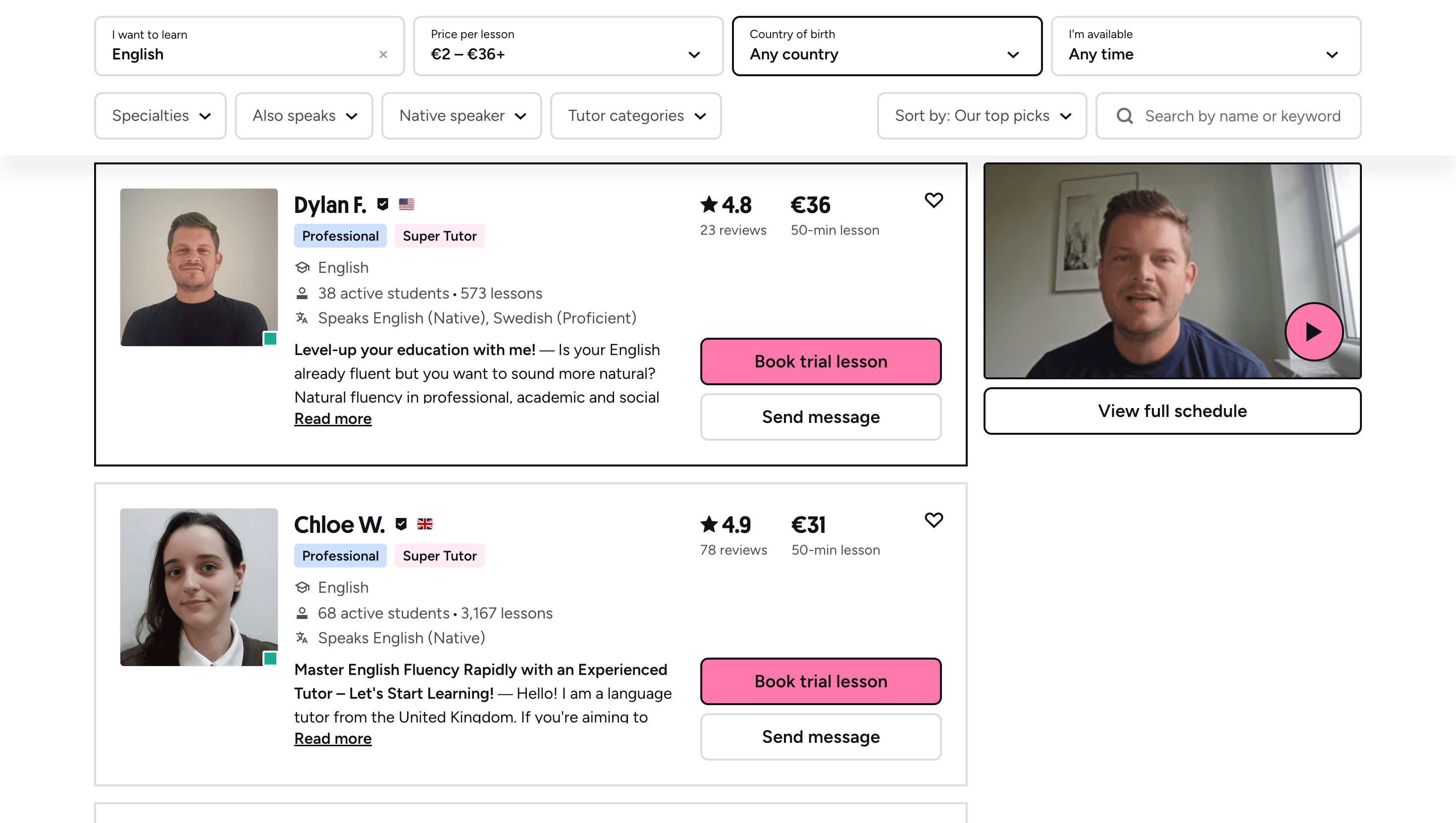
Many learners give up on language learning due to these high costs, missing out on valuable professional and personal opportunities.
That’s why we created Kylian: to make language learning accessible to everyone and help people master a foreign language without breaking the bank.
To get started, just tell Kylian which language you want to learn and what your native language is
Tired of teachers who don’t understand your specific struggles as a French speaker? Kylian’s advantage lies in its ability to teach any language using your native tongue as the foundation.
Unlike generic apps that offer the same content to everyone, Kylian explains concepts in your native language (French) and switches to the target language when necessary—perfectly adapting to your level and needs.
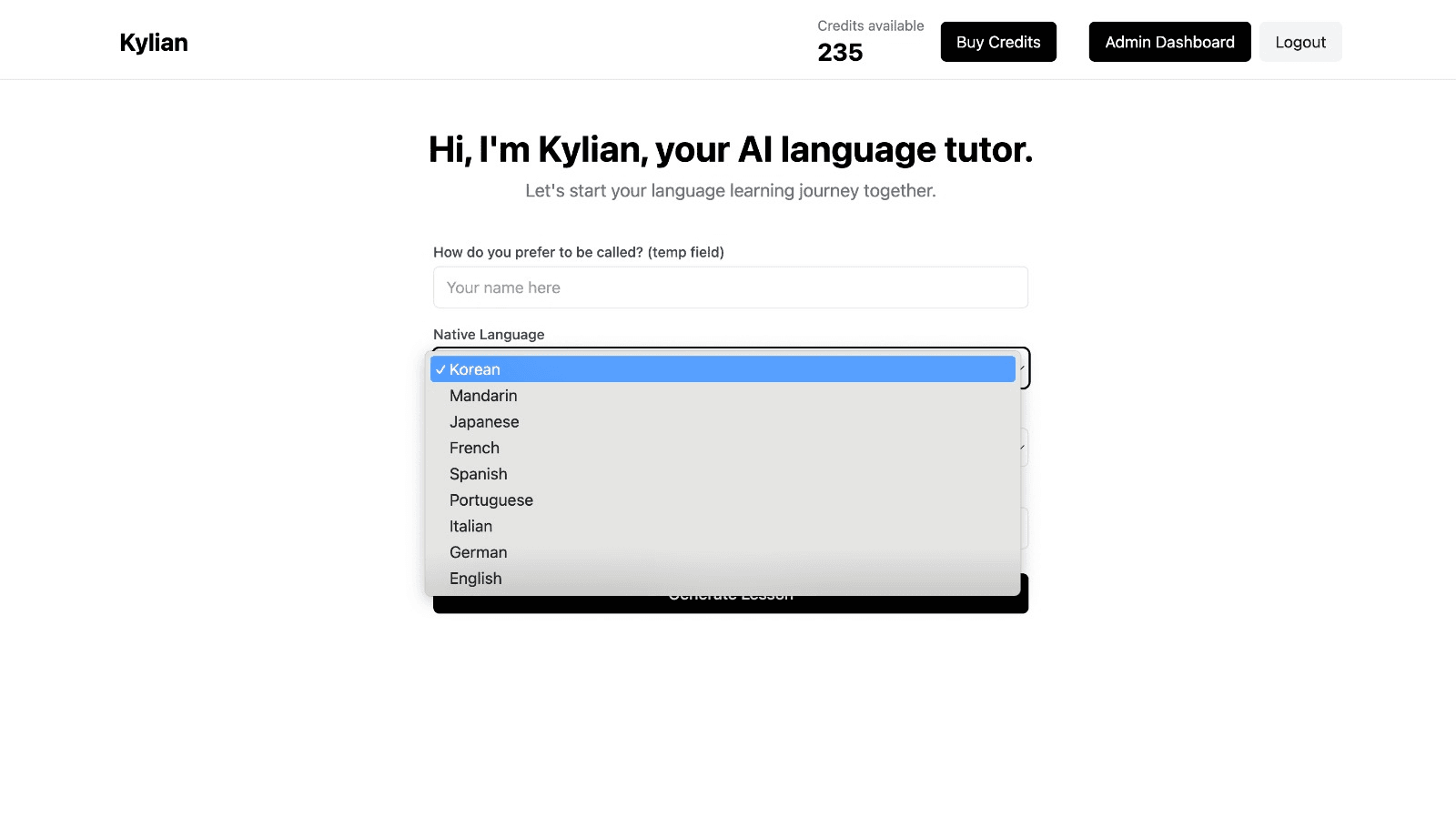
This personalization removes the frustration and confusion that are so common in traditional language learning.
Choose a specific topic you want to learn
Frustrated by language lessons that never cover exactly what you need? Kylian can teach you any aspect of a language—from pronunciation to advanced grammar—by focusing on your specific goals.
Avoid vague requests like “How can I improve my accent?” and be precise: “How do I pronounce the R like a native English speaker?” or “How do I conjugate the verb ‘to be’ in the present tense?”
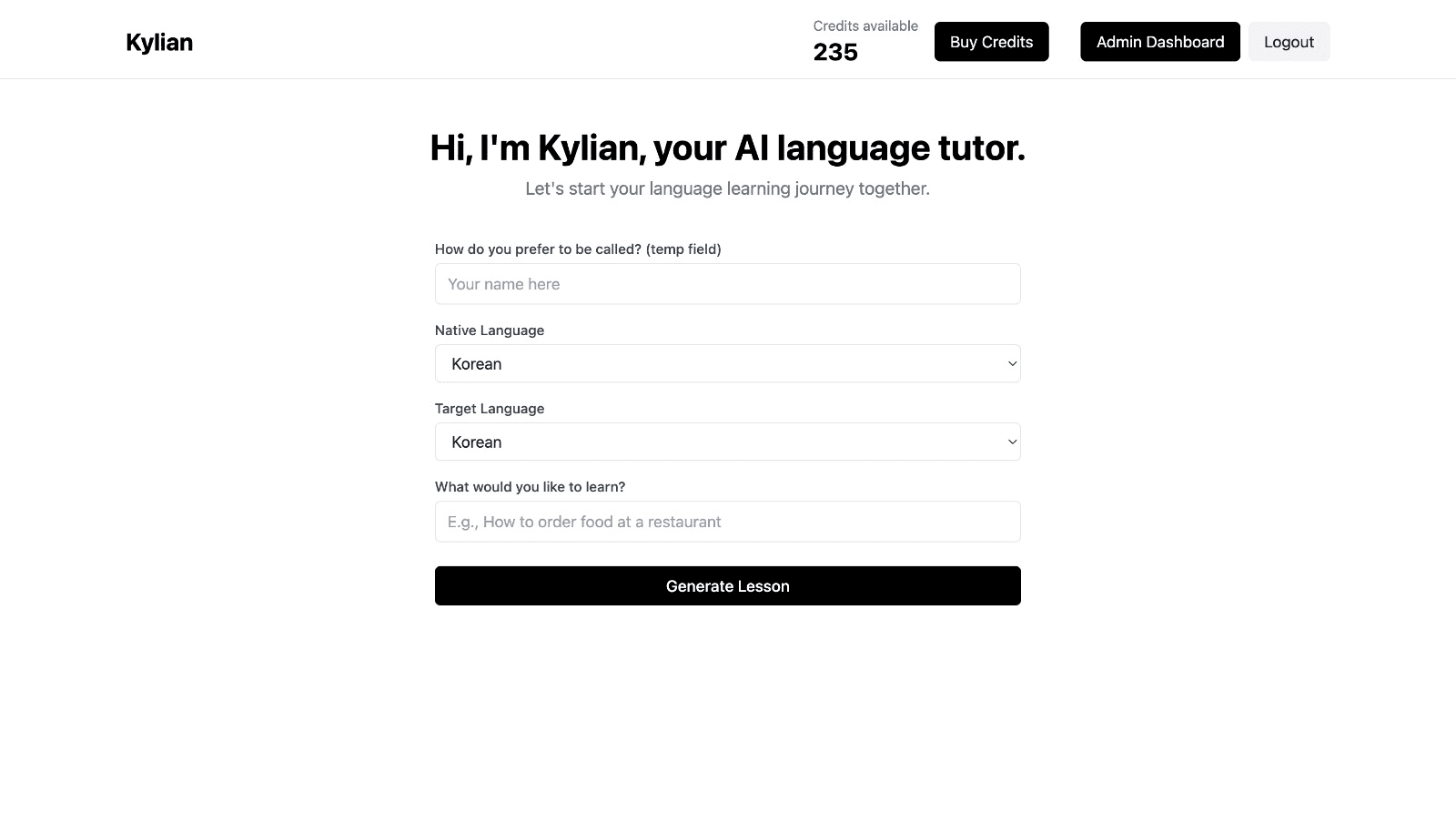
With Kylian, you’ll never again pay for irrelevant content or feel embarrassed asking “too basic” questions to a teacher. Your learning plan is entirely personalized.
Once you’ve chosen your topic, just hit the “Generate a Lesson” button, and within seconds, you’ll get a lesson designed exclusively for you.
Join the room to begin your lesson
The session feels like a one-on-one language class with a human tutor—but without the high price or time constraints.
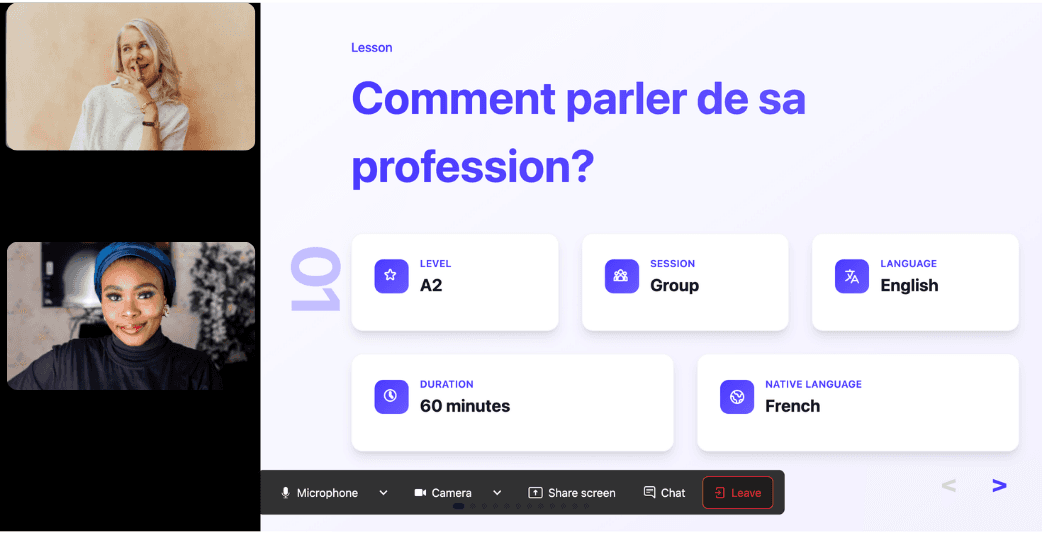
In a 25-minute lesson, Kylian teaches exactly what you need to know about your chosen topic: the nuances that textbooks never explain, key cultural differences between French and your target language, grammar rules, and much more.
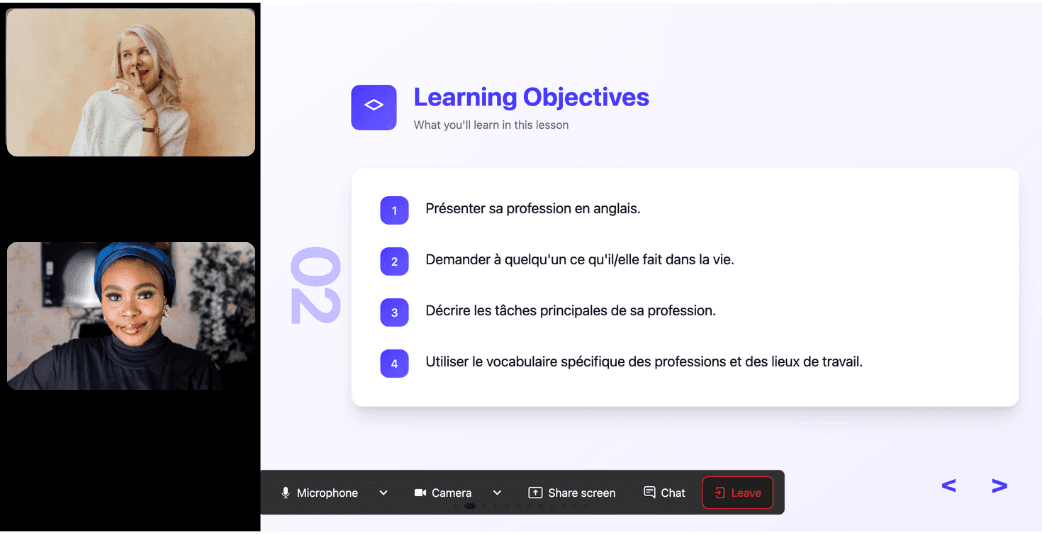
Ever felt frustrated trying to keep up with a native-speaking teacher, or embarrassed to ask for something to be repeated? With Kylian, that problem disappears. It switches intelligently between French and the target language depending on your level, helping you understand every concept at your own pace.
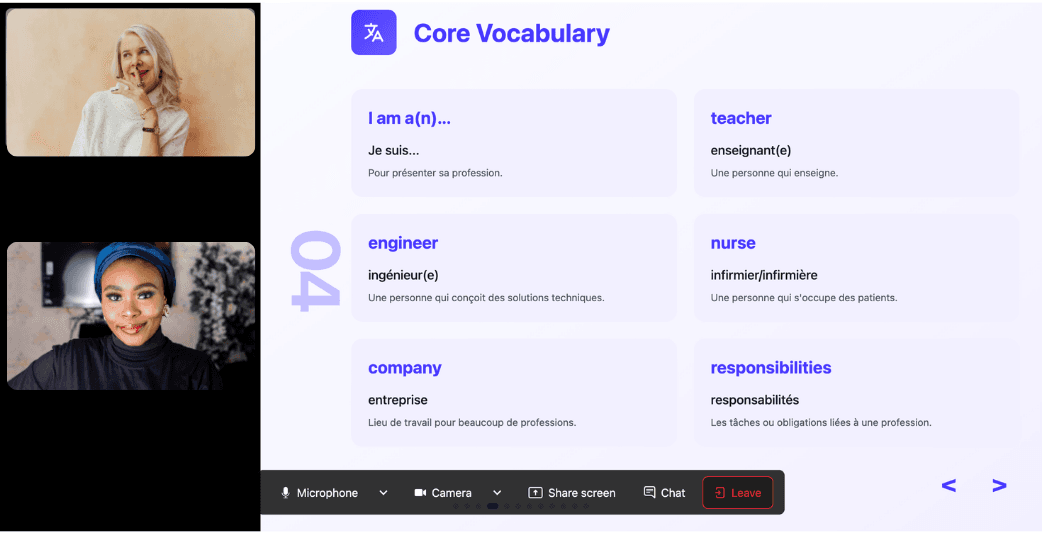
During the lesson, Kylian uses role-plays, real-life examples, and adapts to your learning style. Didn’t understand something? No problem—you can pause Kylian anytime to ask for clarification, without fear of being judged.
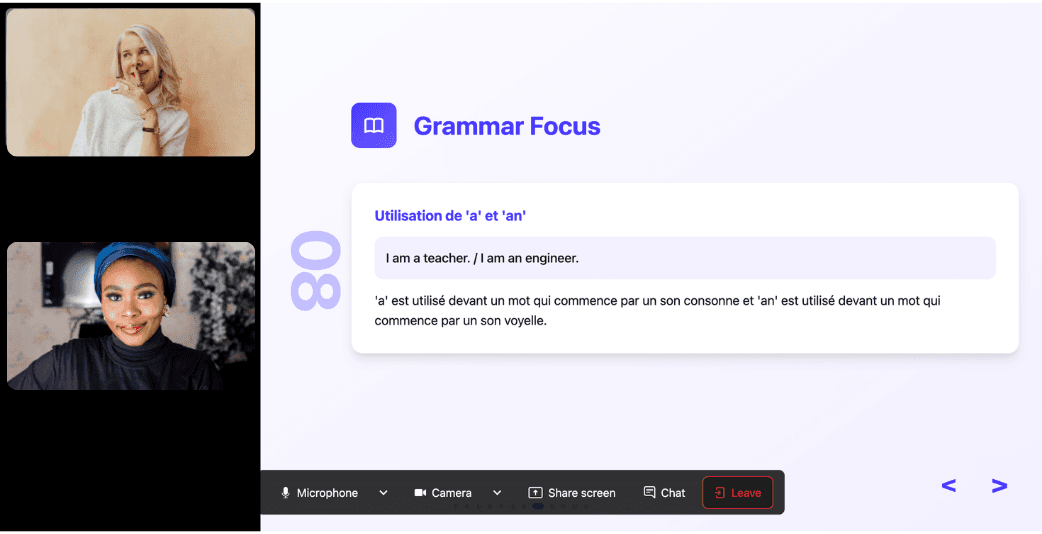
Ask all the questions you want, repeat sections if needed, and customize your learning experience in ways traditional teachers and generic apps simply can’t match.
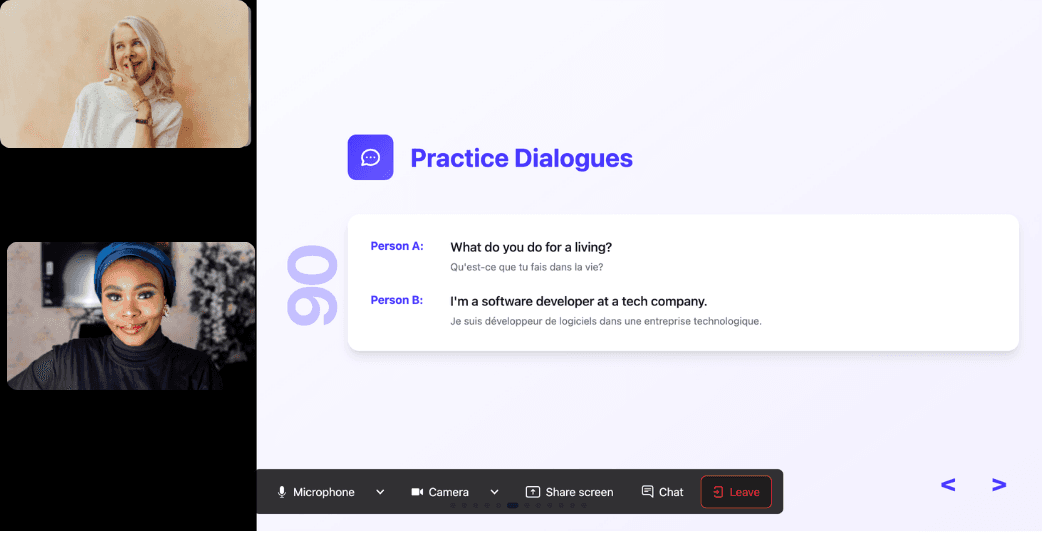
With 24/7 access at a fraction of the cost of private lessons, Kylian removes all the barriers that have kept you from mastering the language you’ve always wanted to learn.
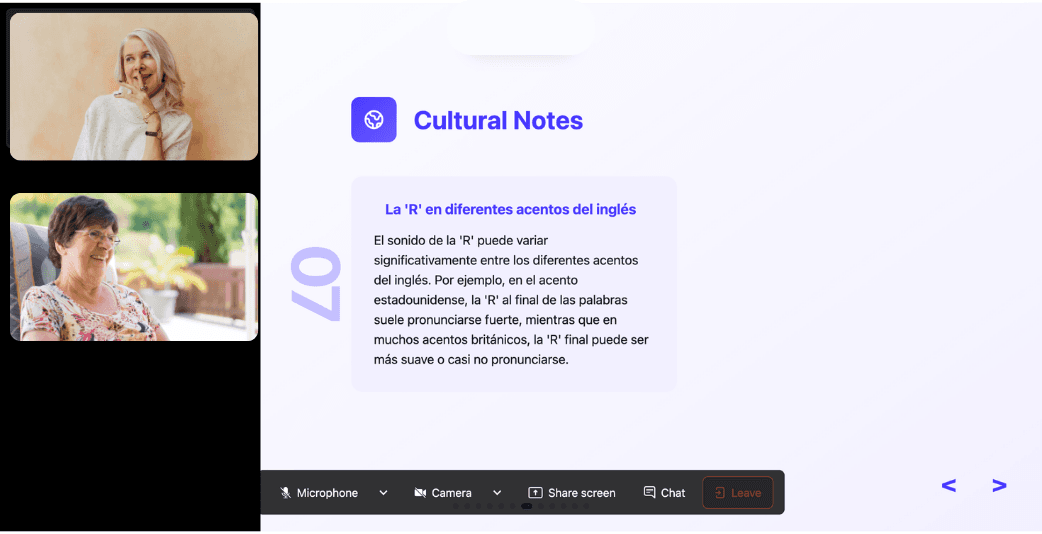
Similar Content You Might Want To Read

The 25 Most Common Italian Verbs: Master Italian Grammar
Mastering Italian verbs represents the single most critical breakthrough in achieving conversational fluency. While Italian vocabulary encompasses over 260,000 words, linguistic research demonstrates that just 25 core verbs appear in approximately 60% of everyday Italian conversations. This concentration principle fundamentally changes how we should approach Italian grammar acquisition. The challenge isn't complexity—it's prioritization. Most Italian learners scatter their attention across hundreds of verbs when they should laser-focus on these essential 25. Understanding why these specific verbs matter, how they function systematically, and their practical applications creates the foundation for genuine Italian communication competency.

Spanish Future Tense: Complete Conjugation Guide
Spanish learners consistently struggle with one fundamental barrier: expressing future intentions with confidence. This isn't about memorizing conjugation tables—it's about understanding why Spanish offers multiple future constructions and when each serves your communication goals most effectively. The future tense represents more than temporal placement. It conveys certainty levels, formality degrees, and speaker intentions that English often leaves ambiguous. This precision matters because miscommunication in professional or personal contexts often stems from improper future tense usage rather than vocabulary limitations. Why does mastering Spanish future conjugation matter now? Global Spanish communication demands have increased 40% in business contexts over the past five years. Whether you're negotiating contracts, planning international projects, or building relationships across Spanish-speaking markets, your ability to express future intentions clearly directly impacts your success.

Spanish Stem-Changing Verbs: Complete Guide
Spanish learners often hit a wall when they encounter stem-changing verbs. After mastering regular conjugations, discovering that certain verbs transform their very core seems like an unnecessary complication. Yet this grammatical feature exists in Spanish for specific phonetic and historical reasons that make the language more fluid and natural to speak. Understanding stem-changing verbs isn't optional—these verbs include some of the most frequently used words in Spanish conversation. Research shows that the top 100 most common Spanish verbs include at least 15 stem-changing varieties, making them essential for functional communication rather than academic exercise.

Spanish Irregular Verbs: Essential Conjugation Guide
Learning Spanish requires mastering verb conjugation, with irregular verbs presenting a particular challenge for language learners. While regular verbs follow predictable patterns, irregular verbs march to their own beat, requiring dedicated practice and memorization. This comprehensive guide breaks down the essentials of Spanish irregular verbs, providing conjugation charts and practical examples to accelerate your language journey.

100 Most Common French Words: Your Path to Fluency
Learning a new language opens doors to new cultures, perspectives, and opportunities. French, with its melodic cadence and global presence, stands as one of the most valuable languages to master. But where should you begin? Research consistently shows that focusing on high-frequency vocabulary delivers the most efficient path to conversational ability.

How to Speak Spanish: 13 Must-Know Tips for Fluency
Have you considered joining the community of over 500 million Spanish speakers worldwide but feel overwhelmed about where to start? Many language learners delay their Spanish journey because they're uncertain about the most effective approach. The good news? Learning Spanish is achievable with the right methods and consistent effort. This comprehensive guide outlines 11 essential strategies to help you speak Spanish confidently and effectively. Whether you're starting from zero or building on basic knowledge, these proven techniques will transform you from a beginner to a fluent Spanish speaker. ¡Vamos!